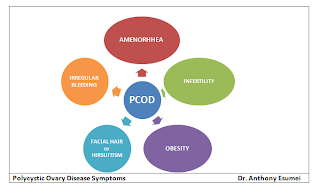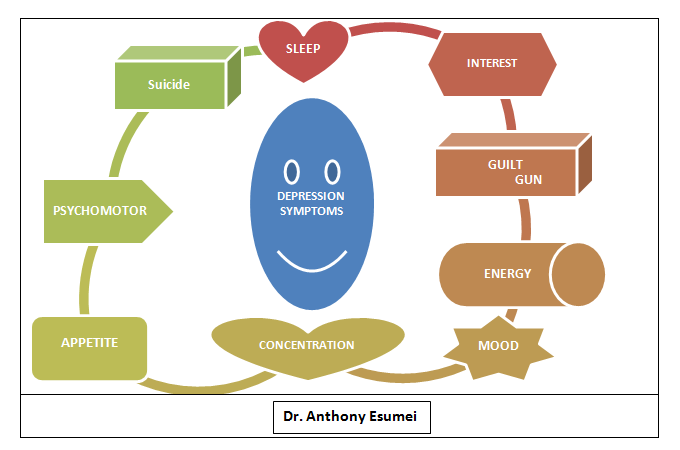USMLE Step 2 CS
Friday, November 21, 2014
USMLE STEP 2 CS- DIFFERENTIAL DIAGNOSIS OF FOOT PAIN
Differential Diagnosis of Foot Pain By Dr Esumei
This interactive crossword puzzle requires JavaScript and any
recent web browser, including Windows Internet Explorer, Mozilla Firefox, Google Chrome, or
Apple Safari. If you have disabled web page scripting, please re-enable it and refresh
the page. If this web page is saved on your computer, you may need to click the yellow Information Bar at the top or bottom of
the page to allow the puzzle to load.
|
EclipseCrossword © 2000-2013
Welcome!Click a word in the puzzle to get started. Congratulations!You have completed this crossword puzzle. |
USMLE STEP 2 C S- DIFFERENTIAL DIAGNOSIS OF BACK PAIN
Backache Differential Diagnosis by Dr Esumei
This interactive crossword puzzle requires JavaScript and any
recent web browser, including Windows Internet Explorer, Mozilla Firefox, Google Chrome, or
Apple Safari. If you have disabled web page scripting, please re-enable it and refresh
the page. If this web page is saved on your computer, you may need to click the yellow Information Bar at the top or bottom of
the page to allow the puzzle to load.
|
EclipseCrossword © 2000-2013
Welcome!Click a word in the puzzle to get started. |
Wednesday, November 12, 2014
Thursday, November 6, 2014
USMLE STEP 2 CS - Headache Differential Diagnosis- Interactive
TRANSFERS
Ways to Transfer Patients from Bed to Wheel Chair
COMMENTS: Provided courtesy of YOU TUBE
COMMENTS
1. Let's get real folks. Never, ever, let a patient place their arms
around your neck, or do what she did at 3:15 in the video. To much chance of
breaking you neck and injuring the patient. I know, I seen this happen to an
RPT once. Confined her to a wheelchair for the rest of her life...
2. the patient is not supposed to hold onto the therapist's neck on 3:15.
pretty dangerous for the therapist
3. That's what I was shocked to see myself. That's an instant fail in my
class.
4. I would like to see this done on an obese person. Much harder...
5. As a student pta, this scares me...her back is rounded the entire
time, the patient cannot see where their going because her head is consistently
on the wrong side, and she placed the patients arm around her neck when it
should have been placed within the gait belt....I stopped the video half way
through because it frustrated me...
6. This is called "Hurt the therapist transfer." Tactile
cues may also be very important to use. The patient may not be able to hear you
when you r in a headlock.
7. Good video except the 3:15 mark for dependent transfer. We have been
taught in school never to let the patient grab your neck or shoulder in this
scenario. Plus, she's completely horizontal and twisting with the patient
(which was just covered at 2:50 or so). Wish there was more video on actual bed
mobility exercises. Have yet to find one.
8. Yeah that looked freaky wrong. Back was rounded and she was getting
her neck torqued on. Why not just block the knees and do a normal stand-pivot?
9. more videos pls. you Physical Therapists and doctors Helps us PT
students to learn more...
10. DEPENDENT TRANSFER NOT ANYMORE IMPLEMENTED AS THIS WILL HURT
THERAPISTS/PTA/CAREGIVERS.
11. We always learned to have the patient look to where they are going.
Here they have the patient look away - seems counter-intuitive.
CARE GIVERS, STUDENTS, PATIENTS AND FAMILY.
Moving a patient from bed to a wheelchair
Printer-friendly versionFollow these steps to move a patient from bed to a wheelchair. The technique below assumes the patient can stand on at least one leg.
If the patient cannot use at least one leg, you will need to use a lift to transfer the patient.
Preparation
Think through the steps before you act, and get help if you need it. If you are not able to support the patient by yourself, you could injure yourself and the patient
Make sure any loose rugs are out of the way to prevent slipping. You may want to put non-skid socks or shoes on the patient's feet if the patient needs to step onto a slippery surface.
Explain the steps to the patient.
Place wheelchair on the same side as the patient's good leg.
Park the wheelchair next to the bed, close to you.
Put the brakes on and move the footrests out of the way.
Getting a Patient Ready to Transfer
Before transferring into the wheelchair, the patient must be sitting.
To get the patient into a seated position, roll the patient onto the same side as the wheelchair.
Allow the patient to sit for a few moments, in case the patient feels dizzy when first sitting up.
Put one of your arms under the patient's shoulders and one behind the knees. Bend your knees.
Swing the patient's feet off the edge of the bed and use the momentum to help the patient into a
sitting position.
sitting position.
Move the patient to the edge of the bed and lower the bed so the patient's feet are touching the
ground.
ground.
Pivot Turn
If you have a gait belt, place it on the patient to help you get a grip during the transfer. During theturn, the patient can either hold onto you or reach for the wheelchair.
Stand as close as you can to the patient, reach around the chest, and lock your hands behind the
patient or grab the gait belt.
Place the patient's outside leg (the one farthest from the wheelchair) between your knees for
support. Bend your knees and keep your back straight.
support. Bend your knees and keep your back straight.
Count to three and slowly stand up. Use your legs to lift.
At the same time, the patient should place their hands by their sides and help push off the bed.
The patient should help support their weight on their good leg during the transfer.
Pivot towards the wheelchair, moving your feet so your back is aligned with your hips.
Once the patient's legs are touching the seat of the wheelchair, bend your knees to lower the patient
into the seat. At the same time, ask the patient to reach for the wheelchair armrest.
If the patient starts to fall during the transfer, lower the person to the nearest flat surface, bed, chairinto the seat. At the same time, ask the patient to reach for the wheelchair armrest.
or floor.
Alternate Names
Pivot turn; Transfer from bed to wheelchairReferences
Timby BK. Assisting with basic needs. In: Fundamentals of nursing skills and concepts. 10th ed. Philadelphia, PA: Wolters Kluwer Health: Lippincott Williams & Wilkens. 2013: unit 6.Updated by: Dennis Ogiela, MD, Orthopedic Surgeon, Danbury Hospital, Danbury, CT. Review provided by VeriMed Healthcare Network. Also reviewed by David Zieve, MD, MHA, Isla Ogilvie, PhD, and the A.D.A.M. Editorial team.
NEXT VIDEO
BODY MECHANICS
DO IT YOURSELF TRANSFER
HOYER LIFT TRANSFER
USMLE STEP 2 CS - Headache Differential Diagnosis-- solution
USMLE Step 2 CS
Headache Differential Diagnosis by Dr Esumei
USMLE Step 2 CS
Headache Differential Diagnosis by Dr Esumei
This crossword was created by Dr. Anthony Esumei with EclipseCrossword - www.eclipsecrossword.com
|
Across
|
Down
|
This crossword puzzle
was created by Dr. Anthony Esumei with EclipseCrossword.
USMLE Step 2 CS
Who actually elect the President of the United States, the Vice President, Senators, Governors, and the Congress? Find out the Answer Here and cross check your facts! !
The Road to the White House and Becoming the POTUS
POTUS … President of
the United States
For the smart ones amongst us, How many electoral votes do you need to become the POTUS?
Who are the true
Electors? Find out Here!!
Subscribe to:
Posts (Atom)













